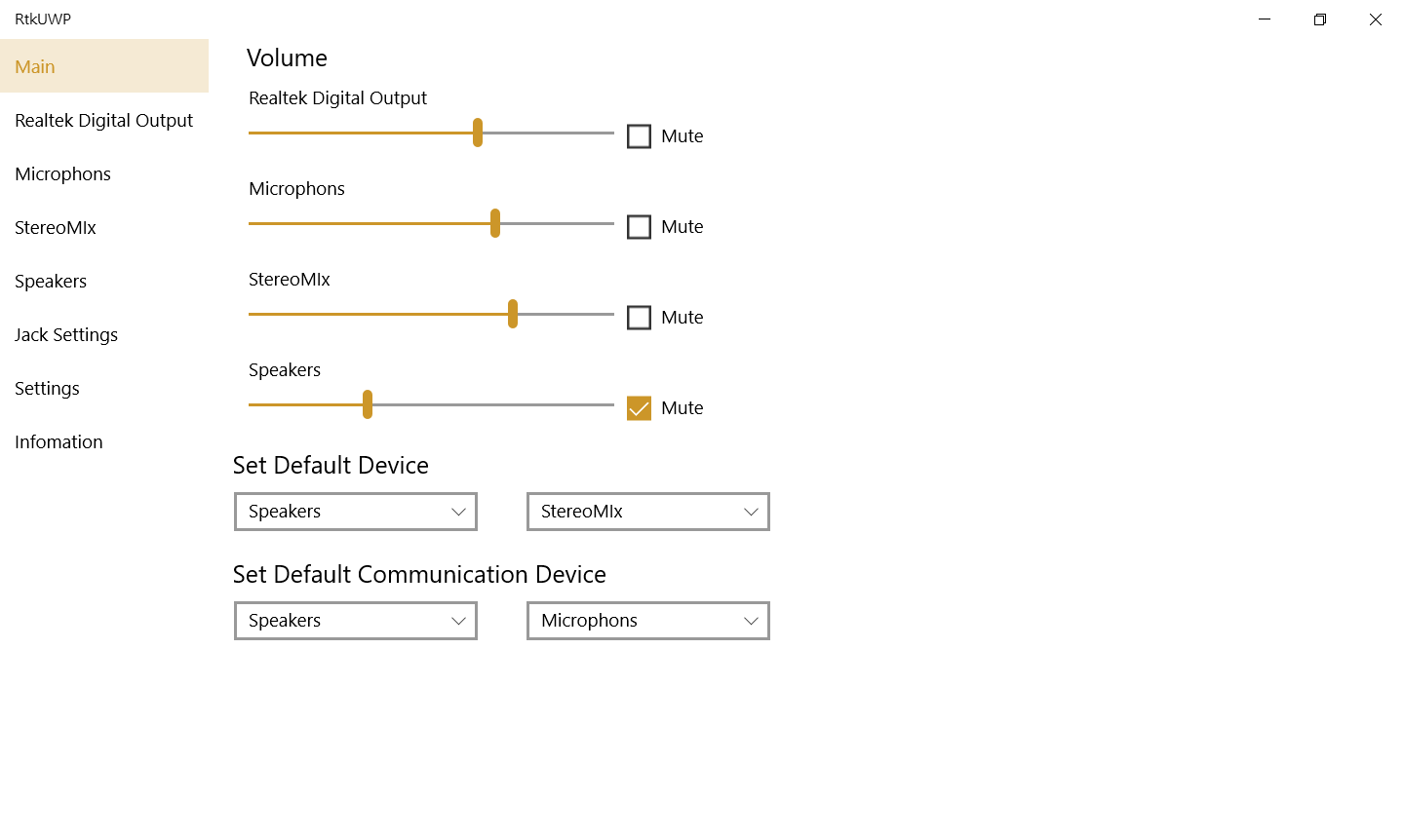

in some cases, the simple windows troubleshooting system may partially fix some of the issues, but don't count on it. GitHub and downloaded the generic uad driver.alanfox2000/realtek-universal-audio-driver Wiki Â.Uninstalled it from Start > Settings > Apps and restarted pc. Error 0x803FB005 in Sound & Audio Previously had HDA driver 8403FF00 from motherboard page. In conclusion, in most cases the OS is at fault directly for the major sound issues that are very hard to track/fix. B450 Pro4, cannot install realtek audio console. Improvisations like disabling all effects will have bad consequences, like lower volume or even undistinguishable audio. Disabling specific things like Dolby, DTS or EAX may partially make things better. Generally, sound is harder to tweak assuming it functions relatively correctly initially. Issues like auto-volume reduction are still unfixed practically. But there are way more functionality problems. In the newer 8.X and 10 versions, it's even a worse quality (but not that of a big decrease like from XP to Vista/7). Even good tweakers like SRS lost a lot of possibilities. If sound could be considered quite of good quality in XP, in Vista and 7 it lost a lot of quality due to the multiple OS layers interfering with the actual sound card functionality. If you are still encountering issues after trying these steps, submit a request to Zoom Support.Overall sound quality and functionality decreased with each major windows version since XP. Clear cache and cookies from the settings.Check for any available operating system updates.Uninstall the app, then download and reinstall it.Make sure that you have downloaded the latest version.Perform general troubleshooting for audio issues Uninstall and reinstall any audio drivers.Make changes to privacy settings to grant permission to access the microphone on your device.Make sure that Zoom is allowed to use your microphone.Make sure that the correct audio output is selected.Record a message to test your microphone, then listen to the playback to test your speakers or headphones.Test your audio to ensure that it is working properly.Ensure that no other applications are using the microphone at the same time.Supported USB devices less likely encounter audio issues. However, the devices listed are what we recommend for the most optimal experience. Note: USB devices not listed within the above article may still work with Zoom. Make sure that you are using a supported USB device for Zoom.If it’s a bluetooth device, ensure that it is turned on and connected properly.Unplug the device, then plug it back in.Check if the microphone, speakers, or headphones are plugged in and not muted.How to troubleshoot audio issues Check your device

Prerequisites for troubleshooting audio issues Perform general troubleshooting for audio issues.If you are experiencing audio problems before or after joining a meeting while using the client or mobile app, follow the steps below.


 0 kommentar(er)
0 kommentar(er)
